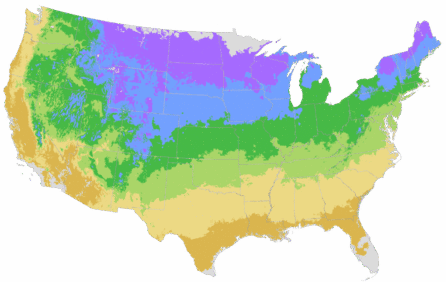You're growing in this Zip Code:
Change LocationDiscover Plants for Your Area
Yeti™ Japanese Spirea
Spiraea japonica 'Conspiyet' PPAF
Retailers Near You
No Retailers found within 100 miles of your zipcode
Be Inspired: How to Use this Plant
| Bloom Time | Late spring and summer |
|---|---|
| Deciduous/Evergreen | Deciduous |
| Special Features | Attracts Butterflies, Easy Care, Compact Form |
| Problems/Solutions | Erosion Control, Rabbit Resistant, Tolerates Urban Pollution |
| Growth Rate | Moderate |
| Flower Attributes | Flowers for Cutting, Long Bloom Season, Repeat Flowering, Showy Flowers |
| Patent Act | Asexual reproduction of plants protected by the Plant Patent Act is prohibited during the life of the patent. |
| Landscape Use | Border, Container, Edging |
| Flower Color | White |
| Foliage Color | Green |
| Companion Plants | Potentilla (Potentilla); Coneflower (Echinacea); Salvia (Salvia); Barberry (Berberis); Weigela (Weigela) |
| Care Instructions | Grows easily in average, well-drained soils; tolerates a range of soil types. Water regularly in first growing season to establish root system. Once established, prefers regular water but tolerates mild, periodic dry spells. Feed before new growth begins in spring. Remove spent blooms after flowering. May grow larger in highly fertile soils. |
| Lore | The S. japonica clan is a large group of ornamental shrubs that fall into the Rose Family. It's named for the European species from the Greek speria or wreath attesting to its whip like growths bearing white flowers worn at weddings. But the Japonicas came about far later and first identified by Carl Thunberg, among the earliest western plant hunters to botanize Japan. However, plants were not introduced to the West until about 1870. Native Spiraeas of Europe were well known as the source of white flowered wreaths worn by country brides in spring weddings. |
| Bloom Time | Late spring and summer |
|---|---|
| Deciduous/Evergreen | Deciduous |
| Special Features | Attracts Butterflies, Easy Care, Compact Form |
| Problems/Solutions | Erosion Control, Rabbit Resistant, Tolerates Urban Pollution |
| Growth Rate | Moderate |
| Flower Attributes | Flowers for Cutting, Long Bloom Season, Repeat Flowering, Showy Flowers |
| Patent Act | Asexual reproduction of plants protected by the Plant Patent Act is prohibited during the life of the patent. |
Retailers Near You
No Retailers found within 100 miles of your zipcode
Retailers Near You
No Retailers found within 100 miles of your zipcode
Buy Online
We cannot currently ship this product to your zip code.
About Us
We have been pioneers and craftsmen in the art of growing plants for nearly
100 years. Since our founding in Southern California by Harry E. Rosedale, Sr.
in 1926, we have been absolutely dedicated and obsessed with quality.
We have been pioneers and craftsmen in the art of growing plants for nearly 100 years. Since our founding in Southern California by Harry E. Rosedale, Sr. in 1926, we have been absolutely dedicated and obsessed with quality.








